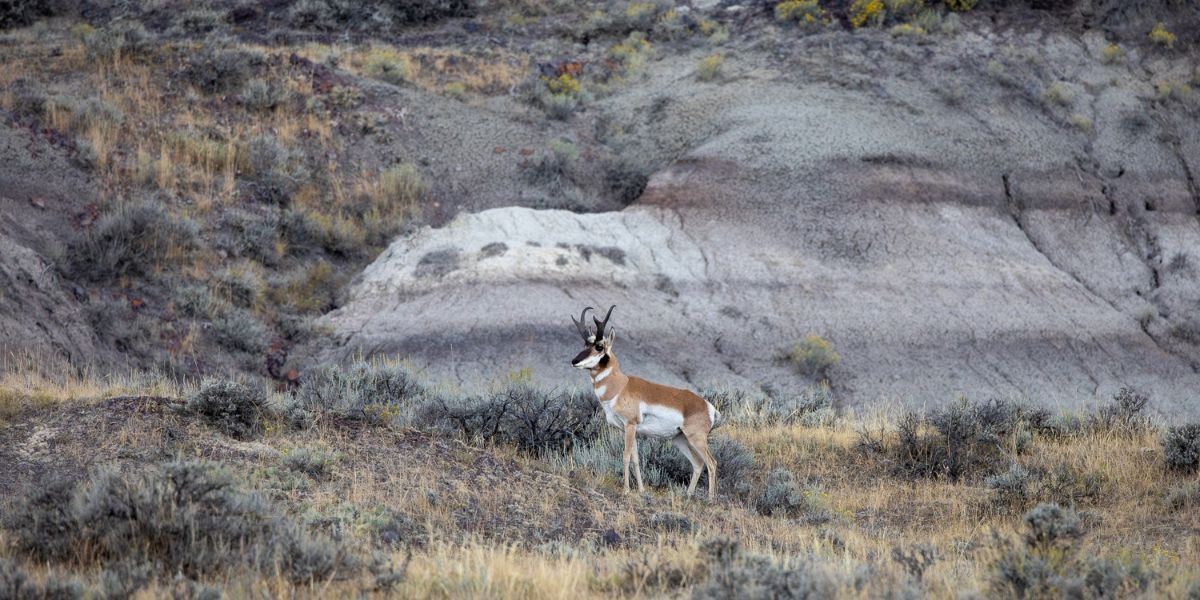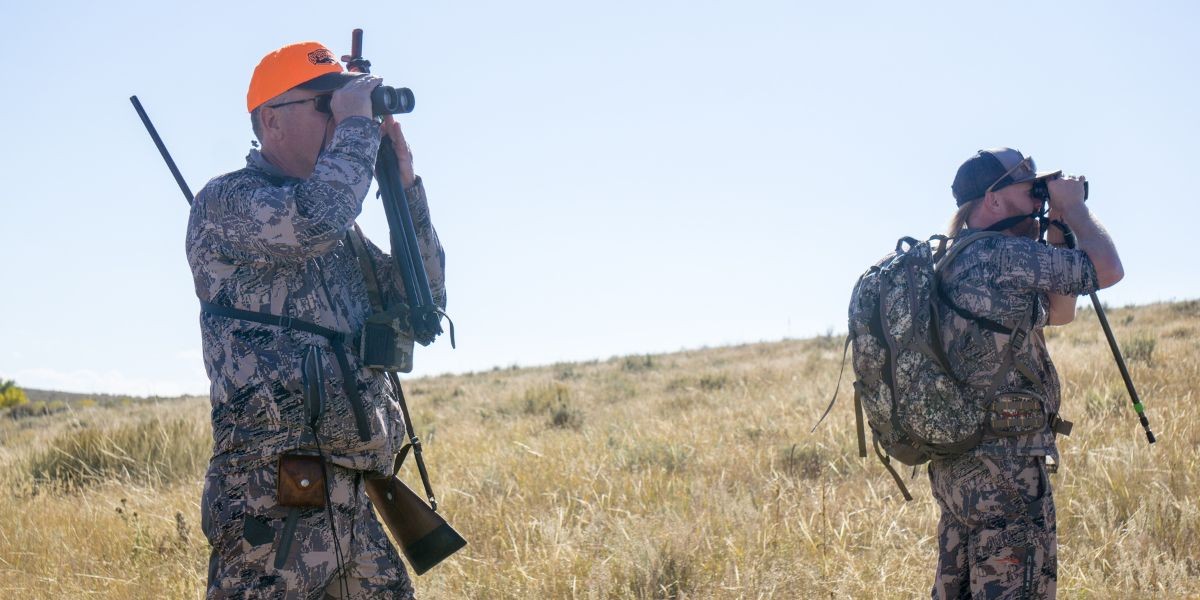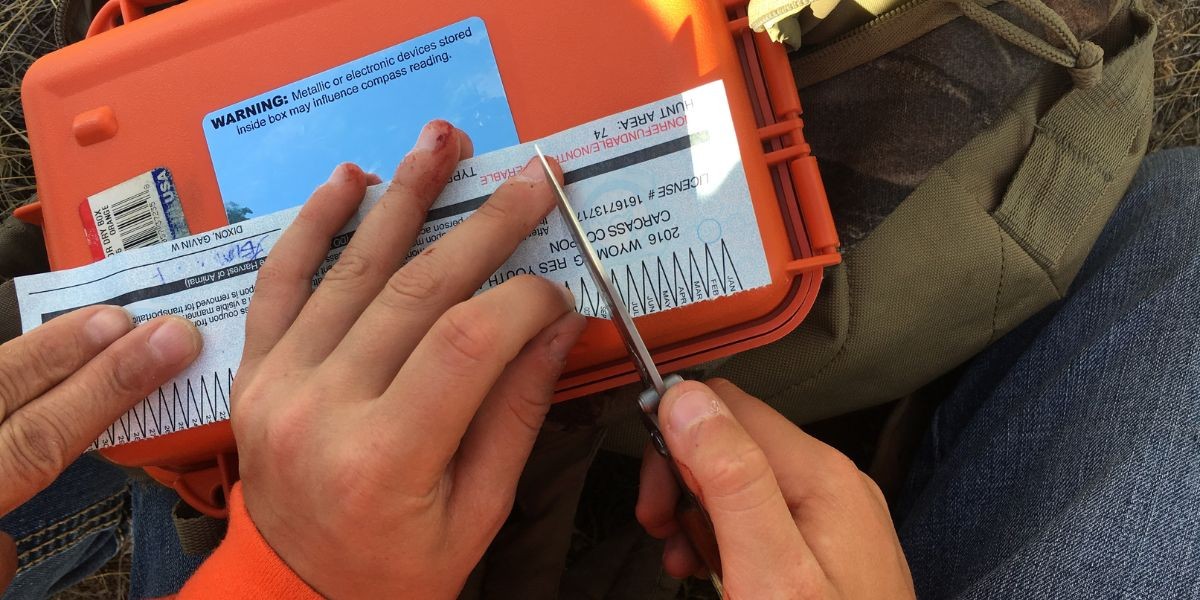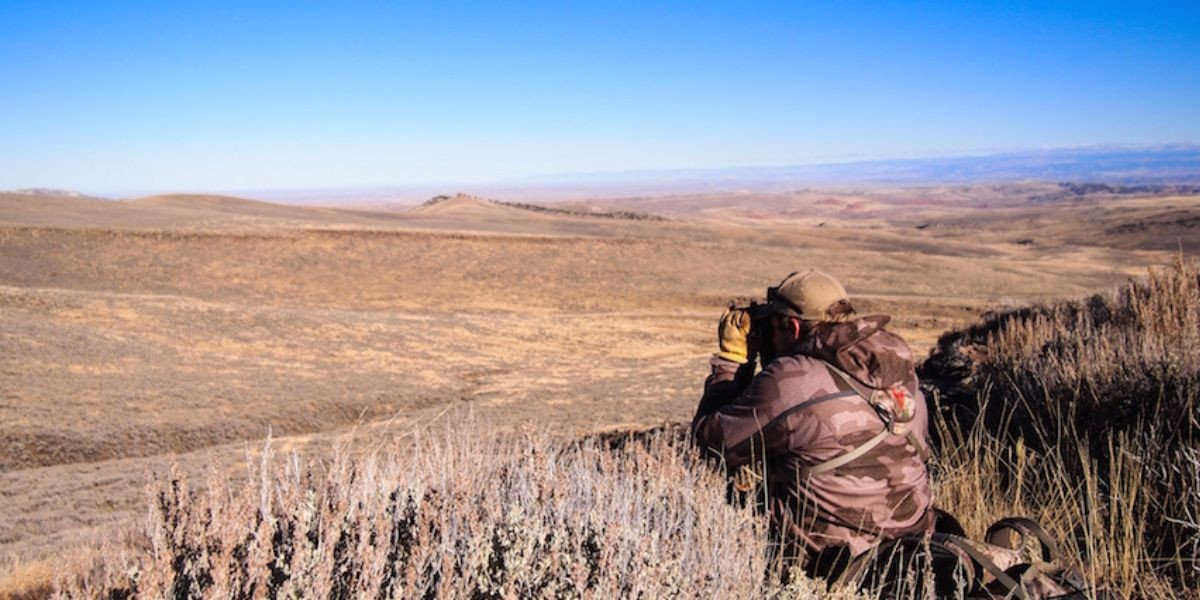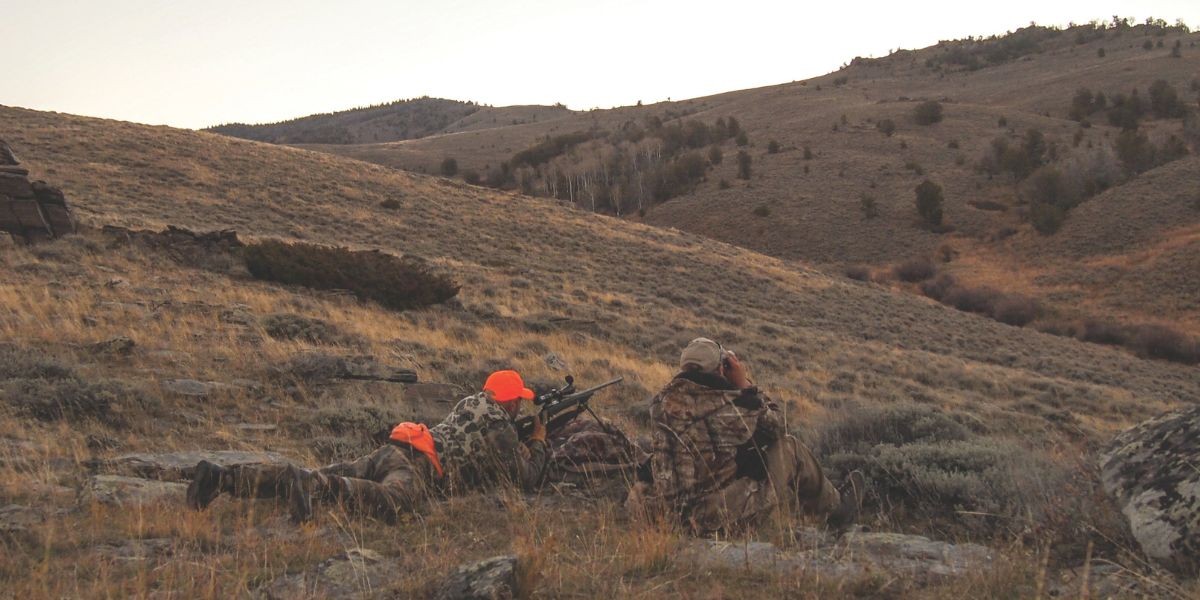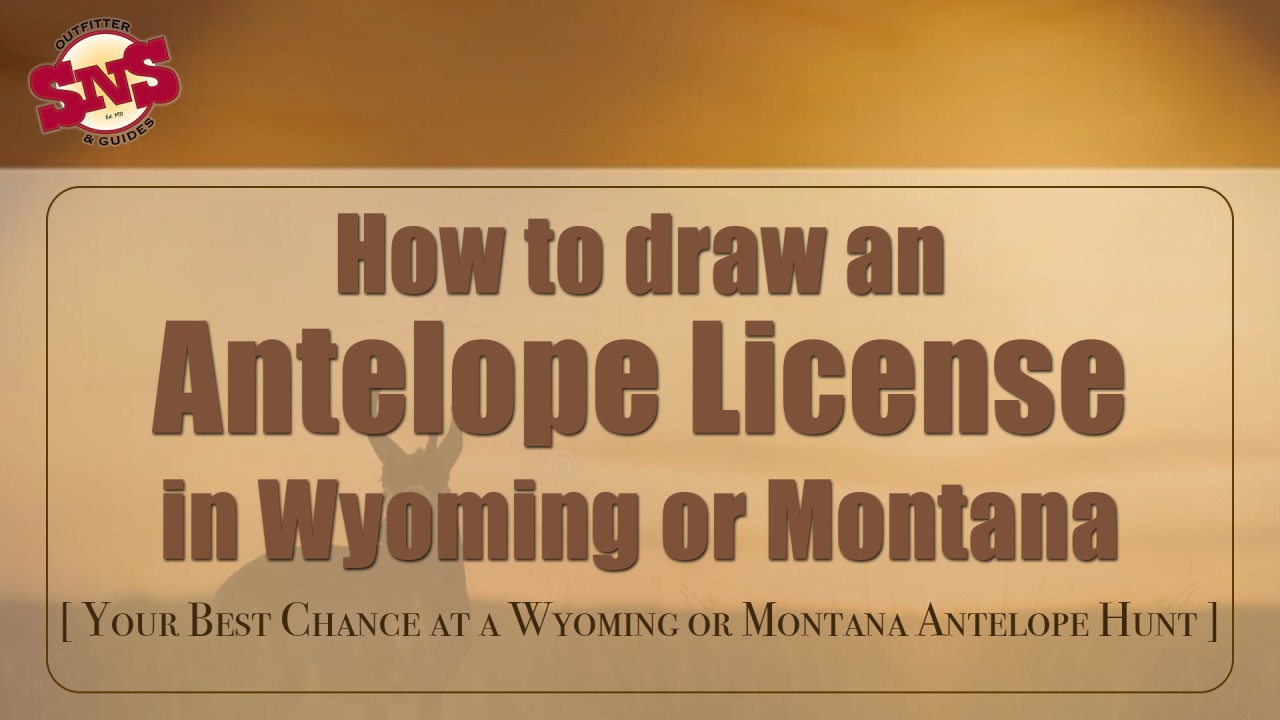After spending considerable time researching outfitters across Wyoming, I ultimately chose SNS Outfitter & Guides—and I want to share why.
As I was researching, I had a specific list of wants and needs in mind. First and foremost, I wanted an outfitter that specialized in big game hunting. My long-term goal is to build up preference points for future trophy hunts. In the meantime, I plan to pursue hunts for species like antelope that are more easily drawn and offer the chance to stock our freezer with wild, organic meat.

